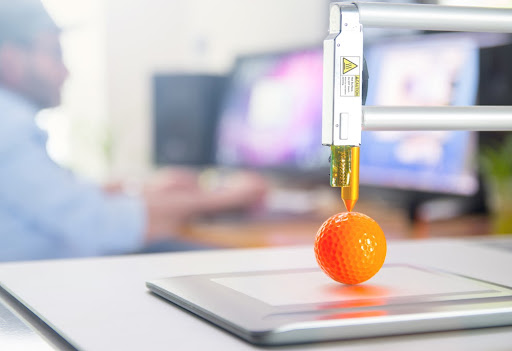The positive impact of 3D printing has been discussed extensively across many different sectors. It’s already proven to be a key solution to prototyping in manufacturing, with many companies like Proto Labs offering exclusive 3D printing services, as well as traditional manufacturing solutions.
Its rise and continued innovation across multiple sectors such as the dental, medical, automotive, aerospace and even the art and food industries has also been recognised. Yet despite the positive outcomes of the technology, there are reservations about the negative effects 3D printing could have on the global economy. Here, we take a more detailed look into these fears and how they can be dispelled.
Supply chain threat
Known also as Additive Manufacturing (AM), the increased adoption of 3D printing has resulted in some concern about the technology’s impact on global trade. With the perceived removal of some mechanisms within the supply chain thanks to the technology’s ability to make products as a whole, it seems like the global production process as we know it, is significantly condensed.
Because 3D printing enables ‘local’ printing, as opposed to outsourced overseas manufacturing, there’s an understandable doubt on what this means for cross border shipping. A 2021 report by financial experts ING suggests 3D printing will experience and increase in market share of about 5% by around 2040 which would present a ‘downward’ effect on global trade if all goods were printed locally by consumers.
What we know about localised printing so far
However, despite the logic behind the concern, some industry experts have assuaged these. A 2020 research paper by The World Bank, does point to the continued use of 3D printing leading to a growth in trade, but also outlines that 3D printing does not pose a threat to mass manufacturing as we know it. To demonstrate the argument, it underlines the abundant use of the 3D printing in dentistry, stating that although the production process has changed, the supply chain hasn’t, and products like 3D printed crowns and bridges are not printed locally but are made by engineering businesses that are often then exported to their customers. Dentists are not necessarily investing in 3D printers but are receiving deliveries of parts that are 3D printed elsewhere. Hearing devices have also long been produced via 3D printing and have not resulted in localised printing as production actually takes place in a few different countries.
ING report compounds
The ING report, written by Head of International Trade and Research, Raoul Leering, also highlights that the next two decades do not present a serious threat to global trade and that the effect of 3D printing was more ‘subdued’ than some anticipate.
Leering also said that weight and size are key considerations when evaluating the impact of 3D printing on world trade. Emphasising the fact that most 3D printed products are usually very small means that determining financial factors do not include shipping costs, resulting in a more negligible impact on existing supply chains.
Although the report does forecast an increase in market share, this is only if 3D printing were to be made closer to consumers. Considering the evidence we have from the use of 3D printed hearing and dental devices, Leering said that the impact of the technology on world trade would be ‘somewhat lower, around 3%-4% for goods. He added: “Taking into account the part of traded services that are linked to the goods trade, the damage to trade adds up to 4.5%,”
Forecast risks
Experts also encourage critics to remember that Additive Manufacturing is not economically sound for the mass production of products and although significant technological developments could change this and the use of 3D printing is likely to grow, it will remain for now that 3D printed goods are used only for complex shapes and designs.
Summary
Although 3D printing is becoming more prevalent, many leading industry experts are comfortable in the knowledge that the effect on world trade will be limited for now. Using the market knowledge we have of 3D printed dental and hearing devices, supply chains will not be significantly affected in the short term because the finance relating to transport is not critical for the tailored products that 3D printing creates.



 Bitcoin
Bitcoin  Ethereum
Ethereum  Tether
Tether  XRP
XRP  Solana
Solana  USDC
USDC  TRON
TRON  Cardano
Cardano  Lido Staked Ether
Lido Staked Ether  Avalanche
Avalanche  Toncoin
Toncoin